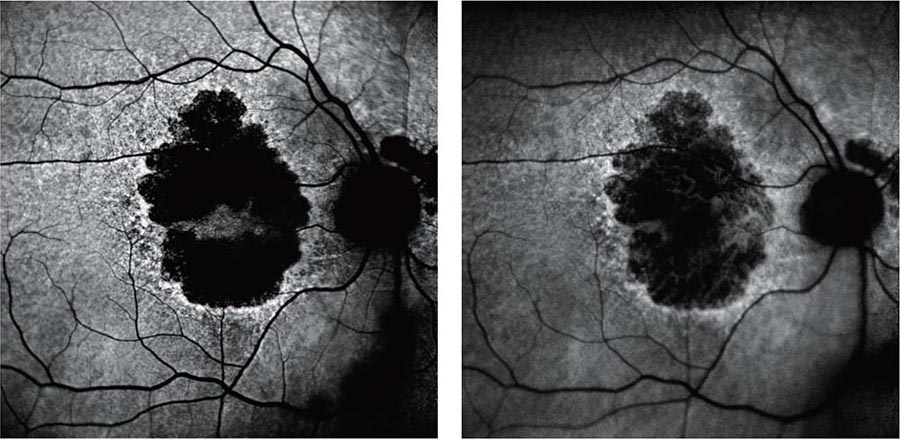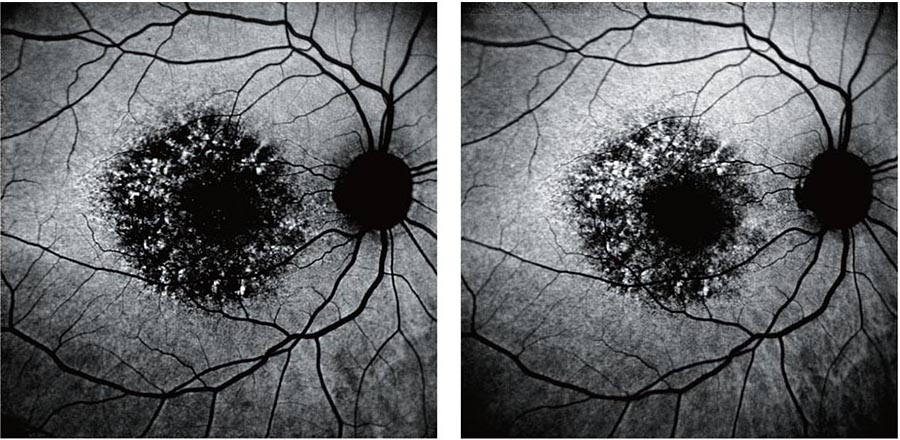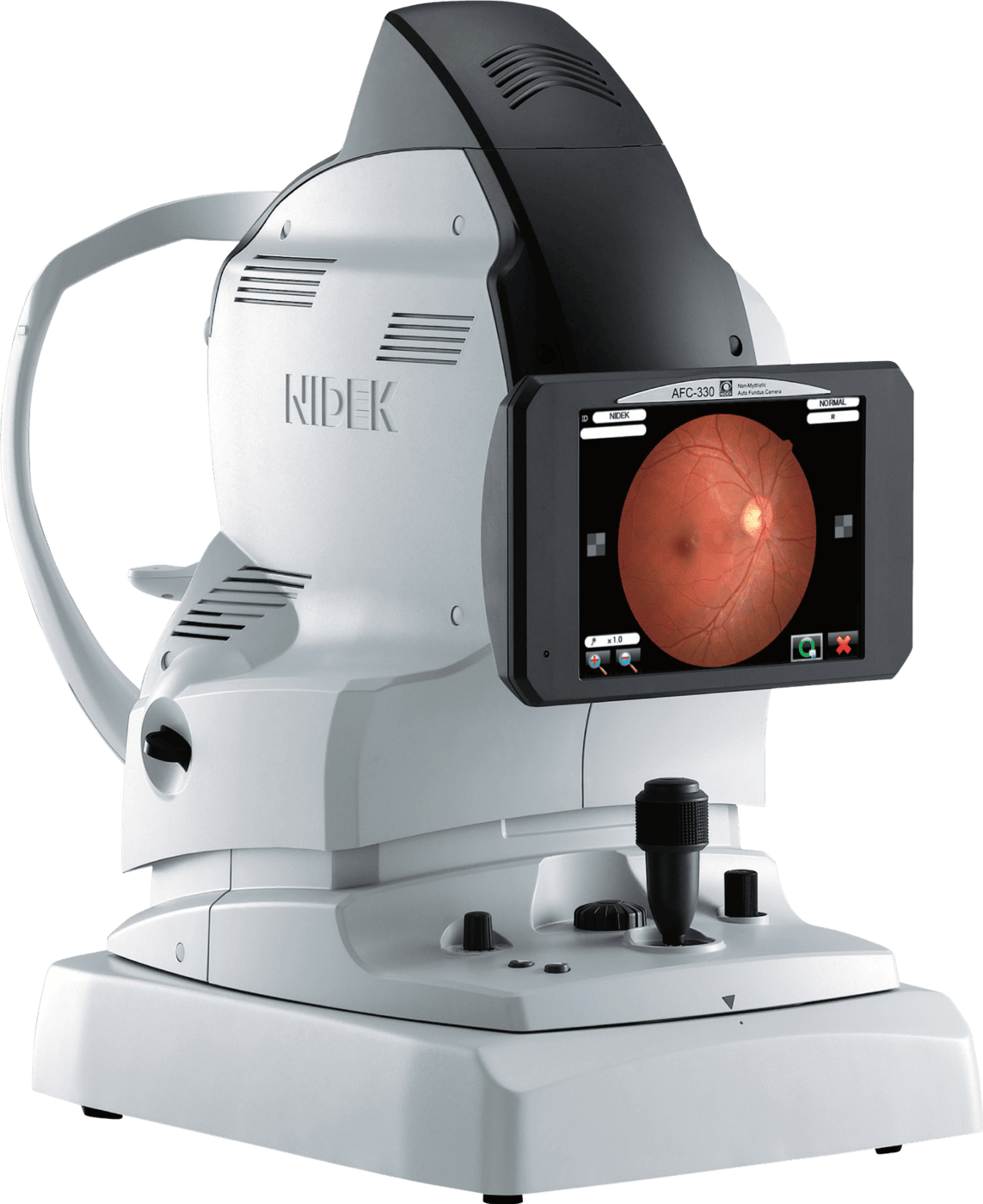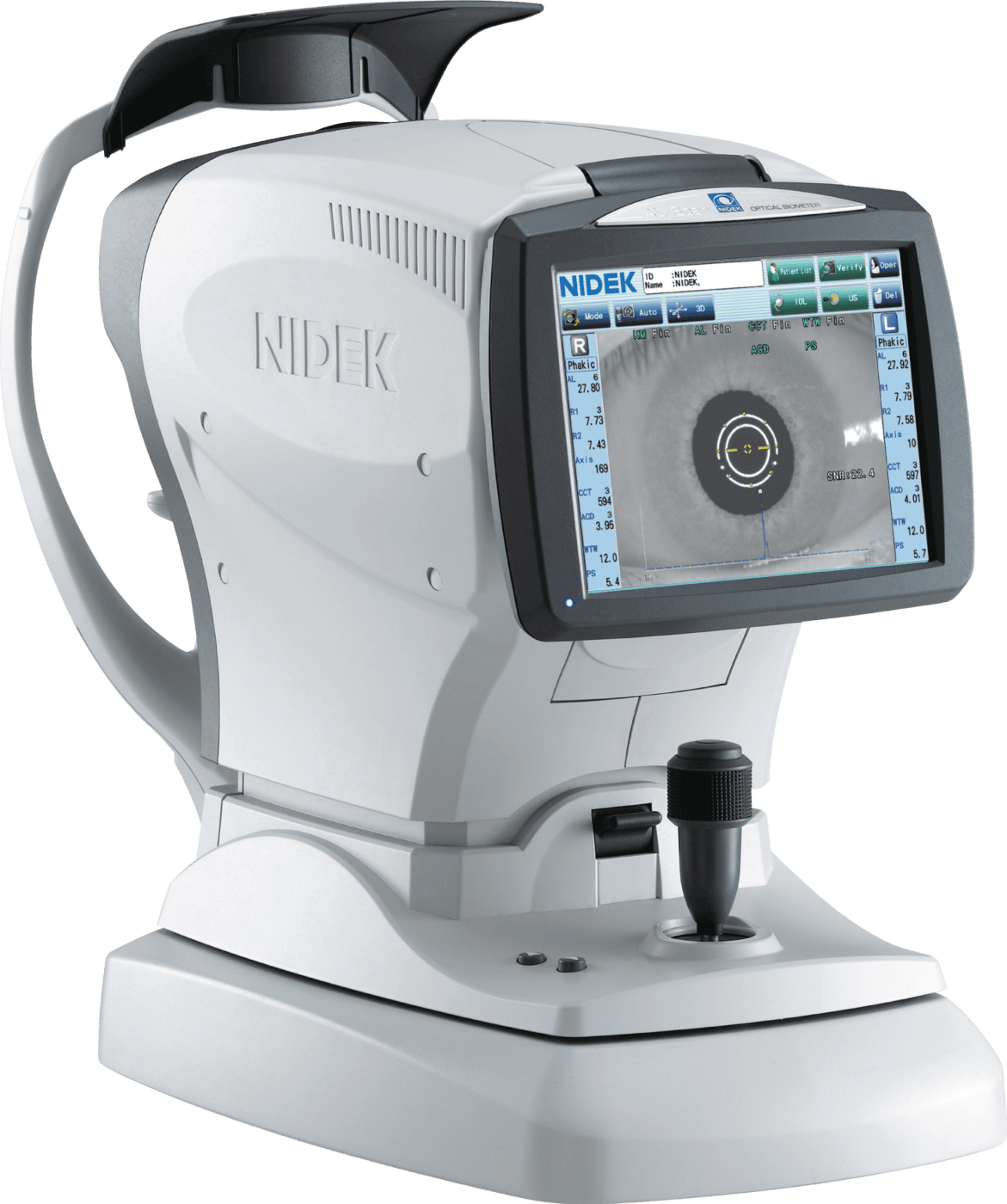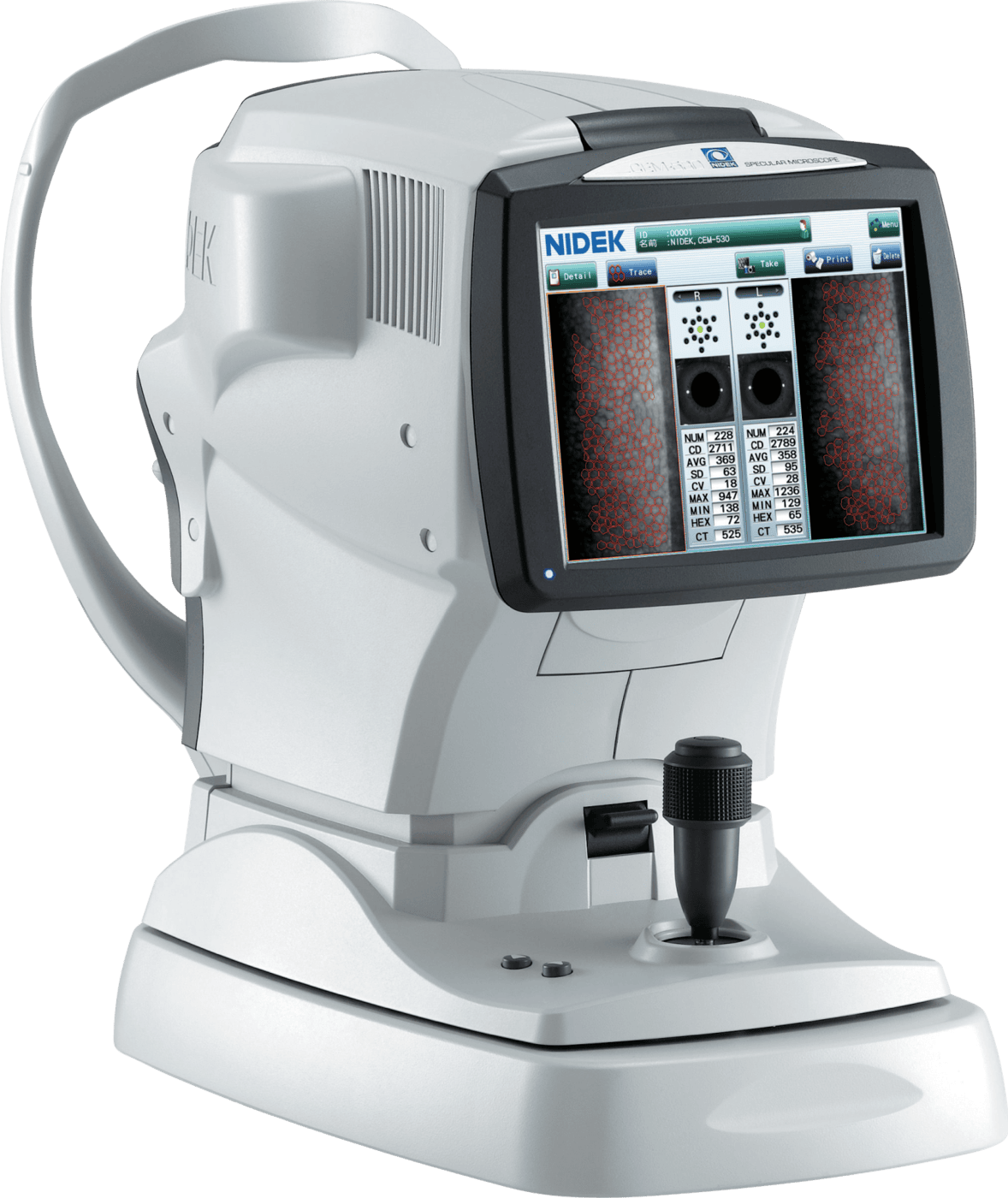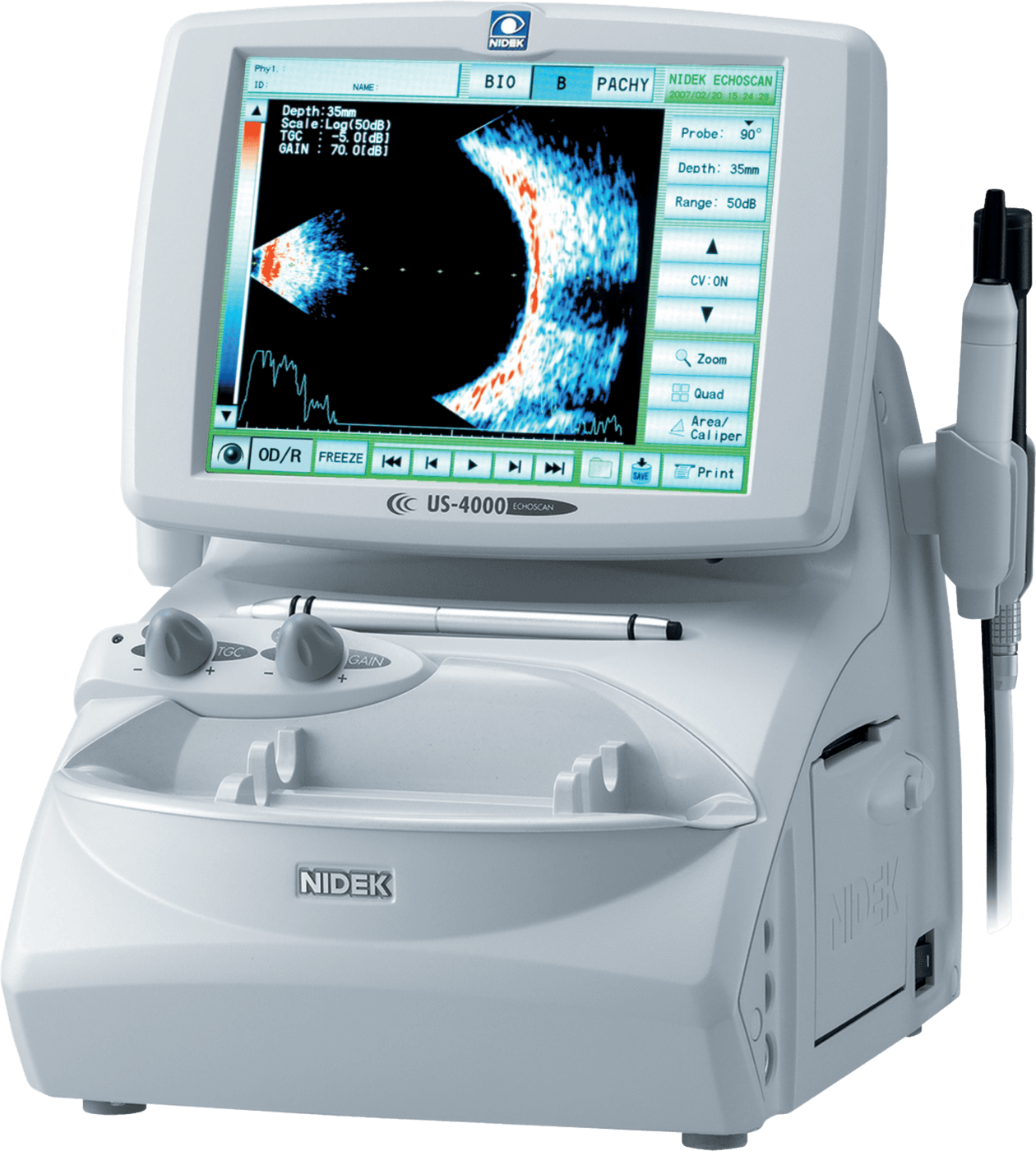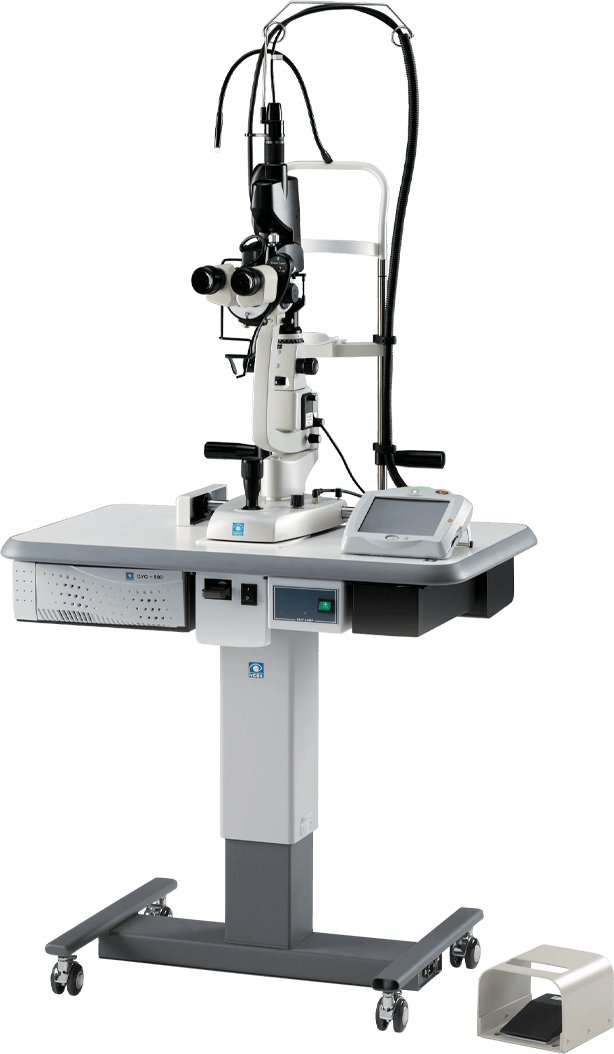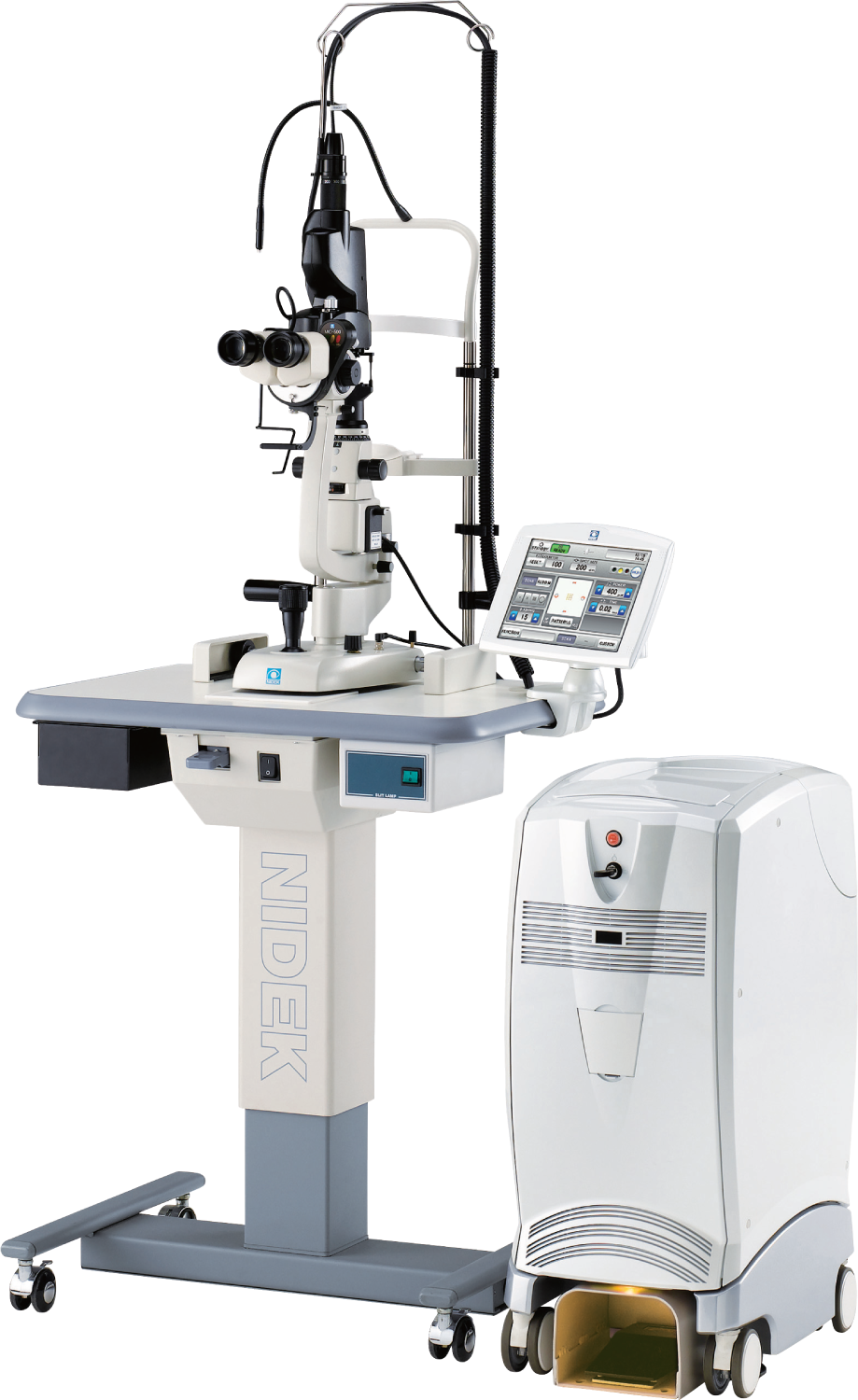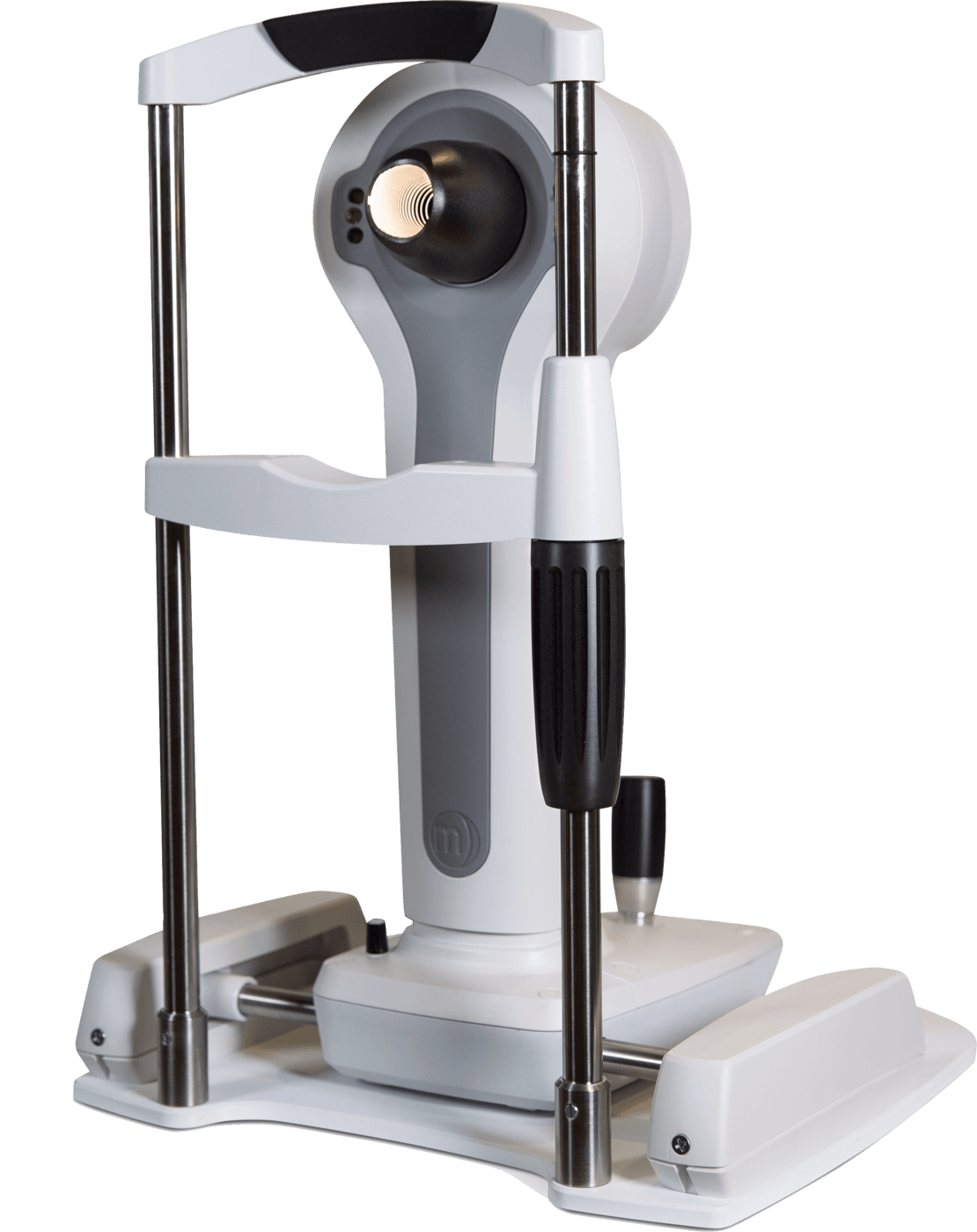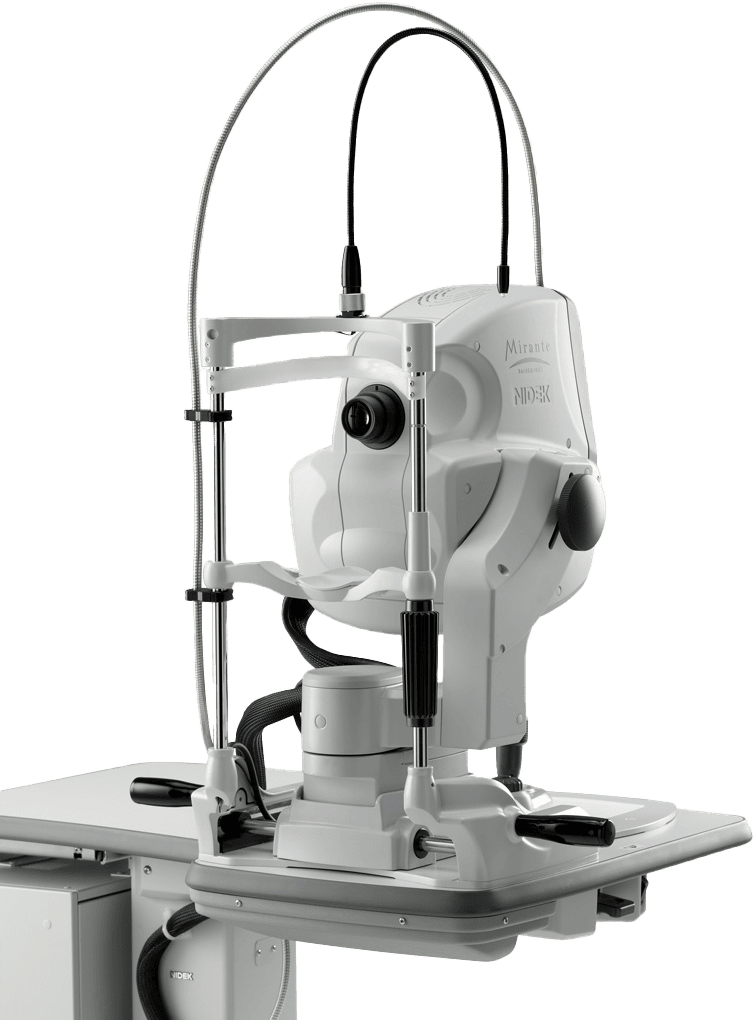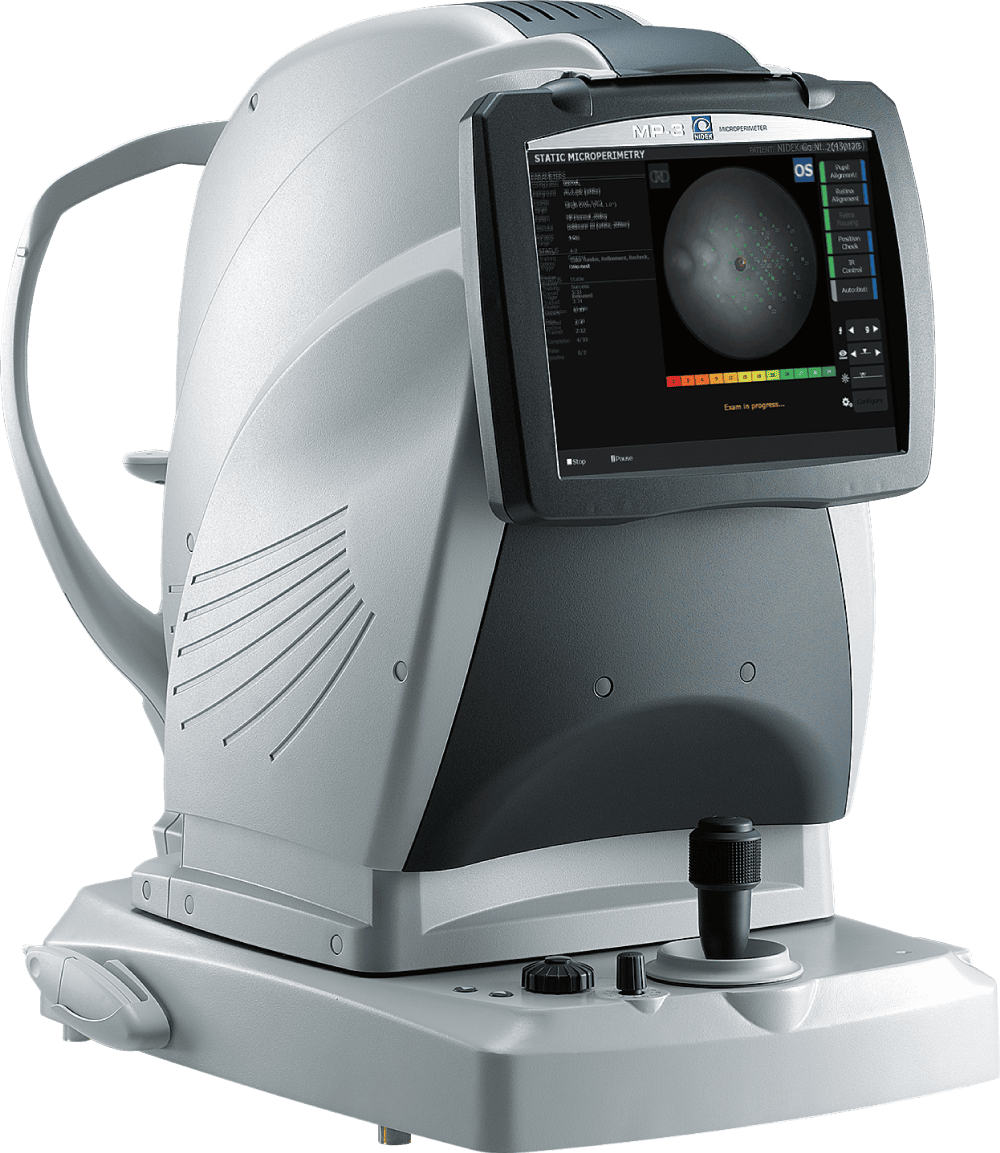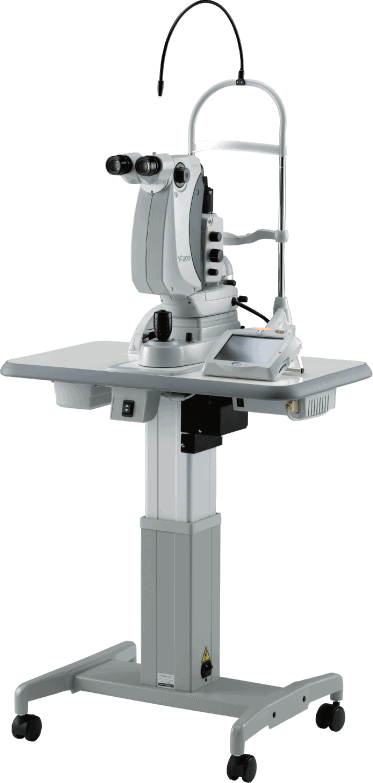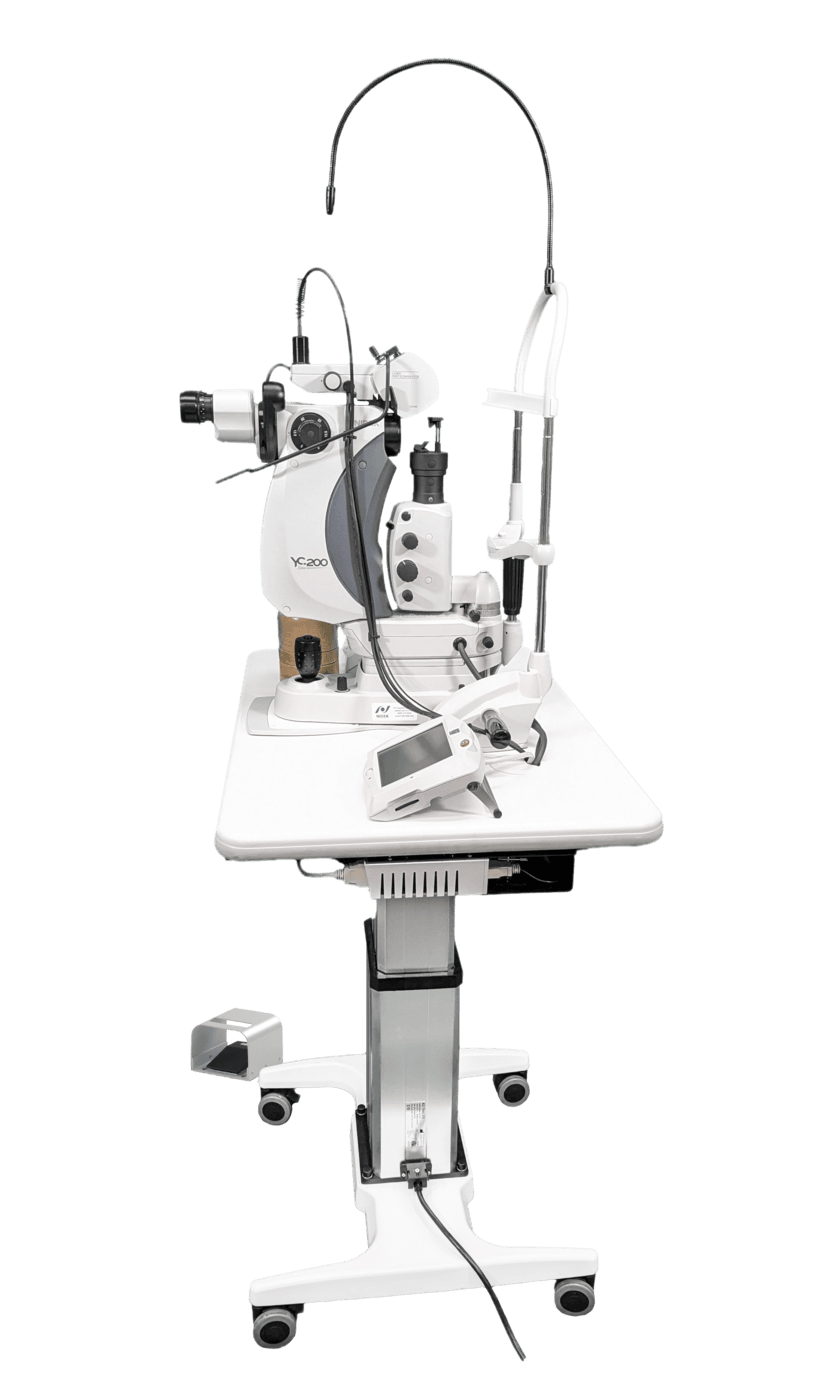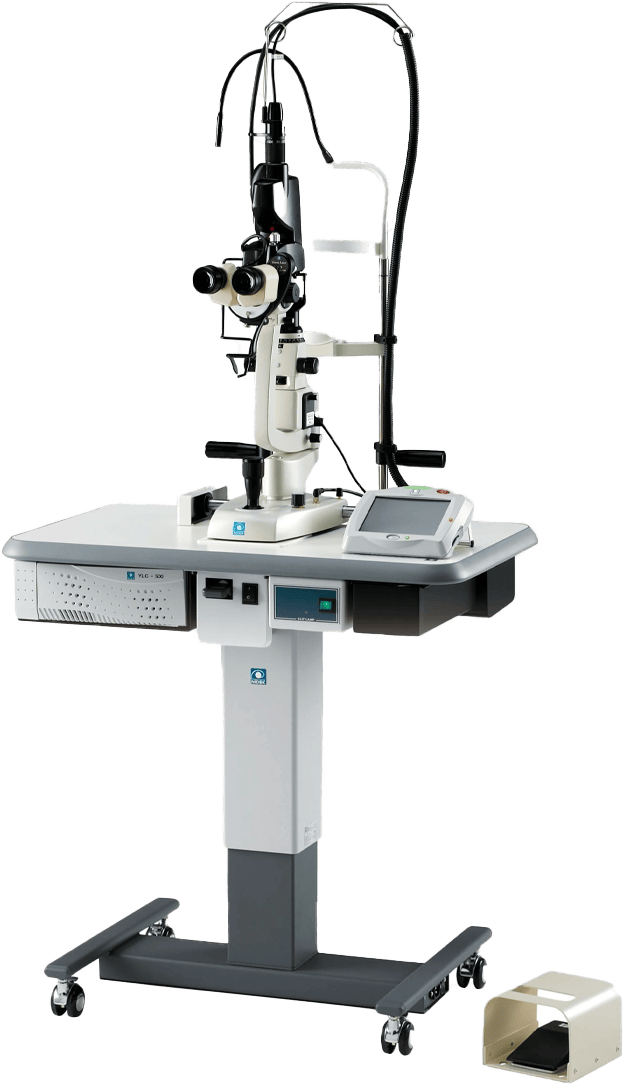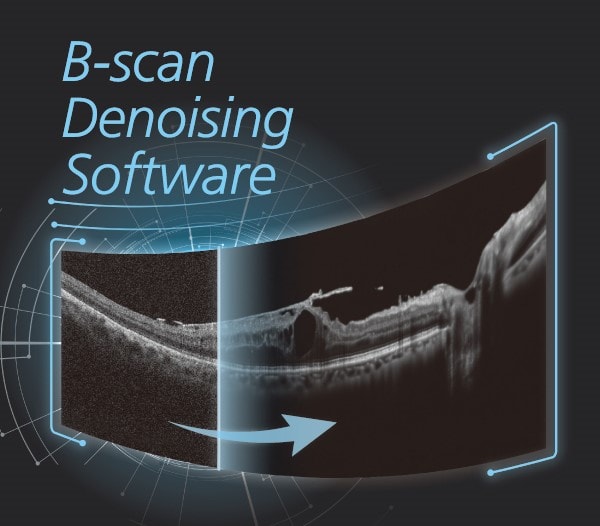
Denoising Using Deep Learning Technique
Deep learning allows rapid acquisition of high definition B-scan OCT images. When a B-scan image is captured, a denoised image is automatically displayed by the denoising technique using deep learning.
The B-scan Denoising Software enhances the functionality of the wide area scan for screening and removes speckle noise from a single scan, producing an image that is as clear as an image generated by averaging 120 images. The denoising technique allows easier image acquisition for obtaining high quality images.
For detailed information about the Mirante’s B-scan denoising software, please download the leaflet HERE.
Ultra Wide Field x Ultra HD Image
A stellar combination of 163° ultra wide field x ultra 4K HD incorporated in the Mirante achieves a wider, enhanced view of the retinal structure and vasculature with unparalleled clarity.
(Ultra wide field image is available with the included wide-field adapter.)
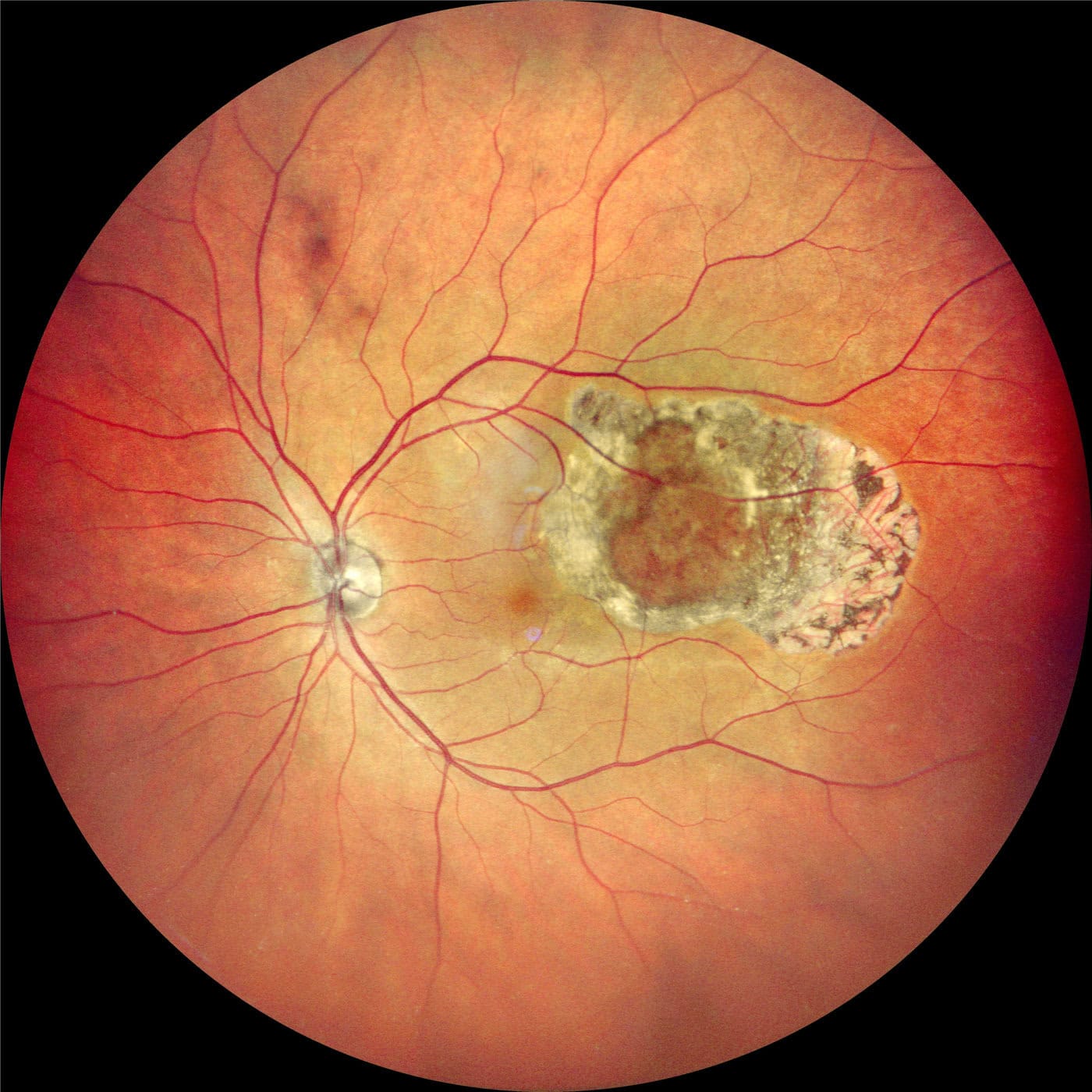
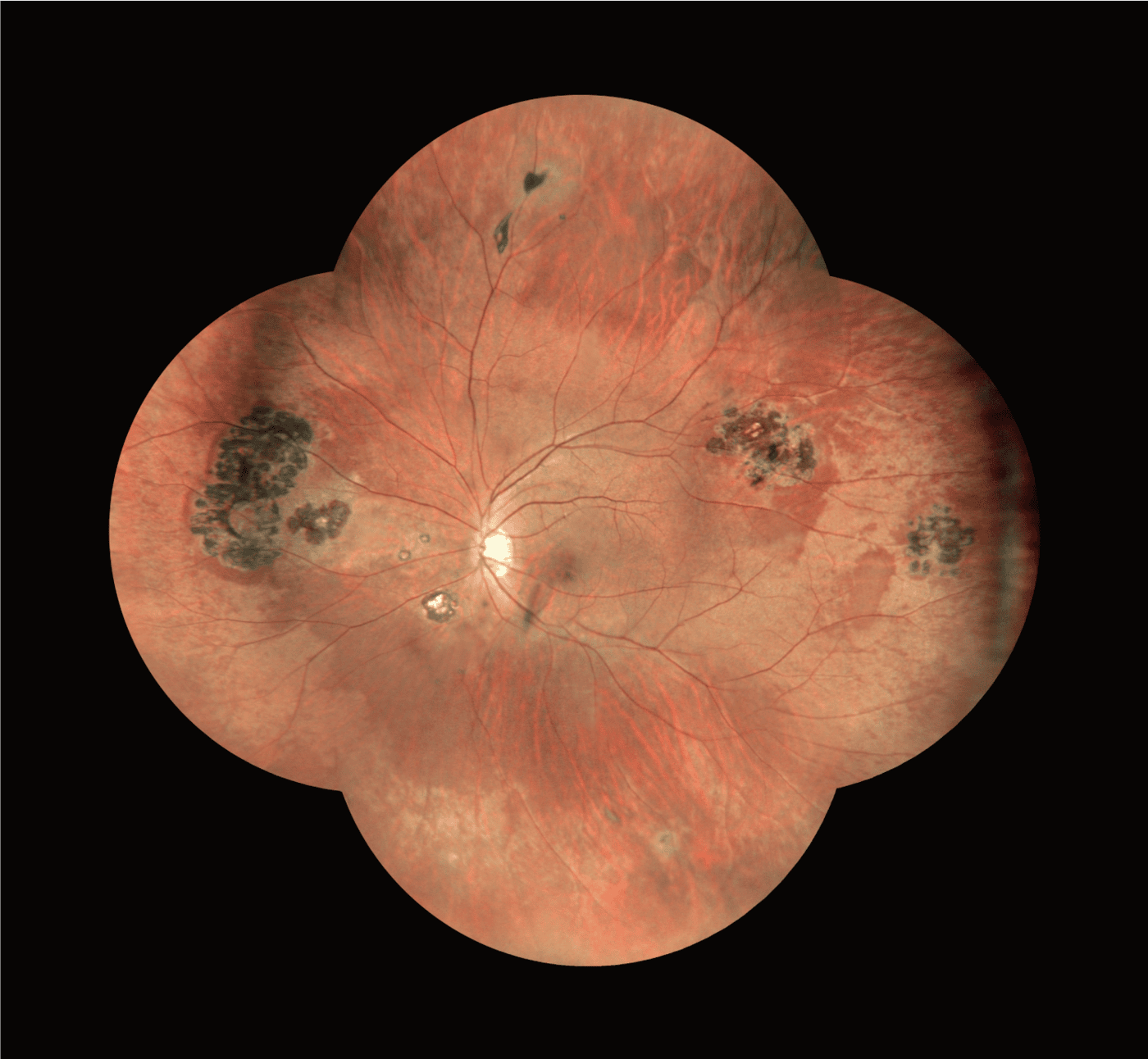
Panorama Image Composition
Panorama imaging with preset fixation points captures details of pathology even in the extreme periphery.
RGB Triple Detectors
Three separate RGB detectors simultaneously scan different depths of retina with red, green, and blue wavelengths. A color histogram is available for fine adjustment based on pathology or practitioner preference.
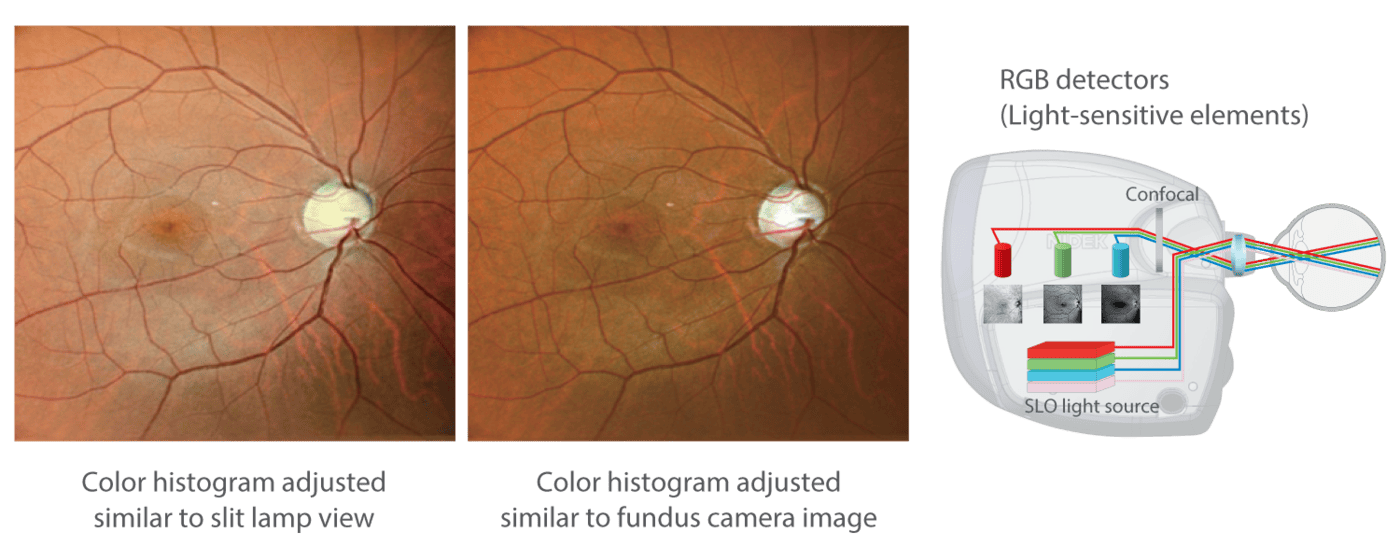
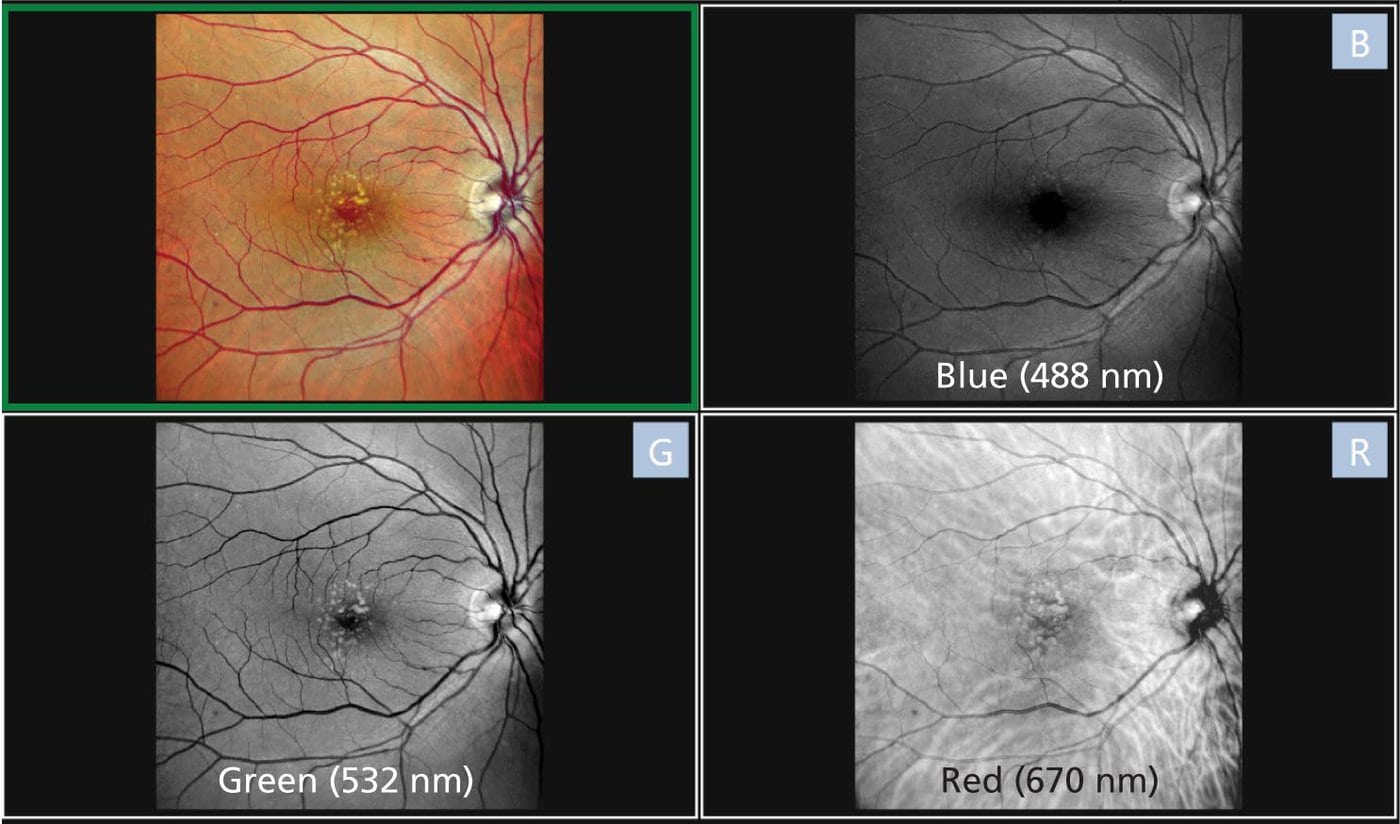
RGB Color + Selectable Color
Display with a Single Shot Single color images in red, green, and blue wavelengths can be displayed after color image acquisition. Each wavelength is available with just a single shot, and the image layers can be selected based on user preference or a specific pathology. The viewer software allows image processing options including noise removal and adjustments for brightness, contrast, and sharpness.
Retro Mode: See the Whole Picture
Retro mode is a unique non-invasive technique for detecting pathologic changes in the choroid. This imaging modality uses scattered IR light to detect abnormal reflection in the choroid caused by drusen, edema and other subtle chorioretinal pathologies.
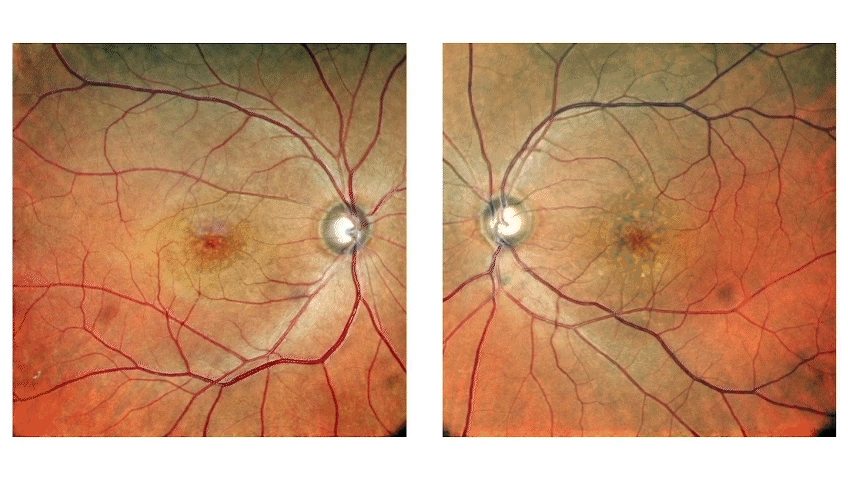
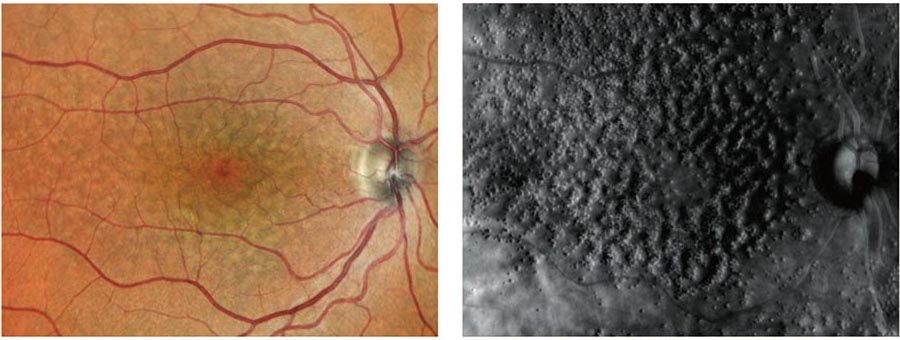
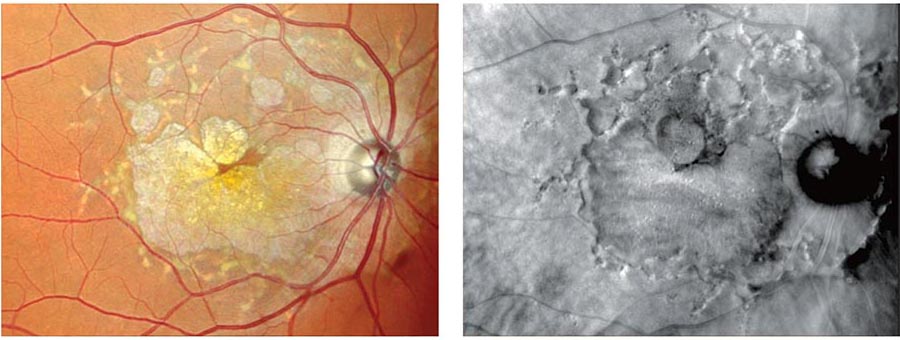
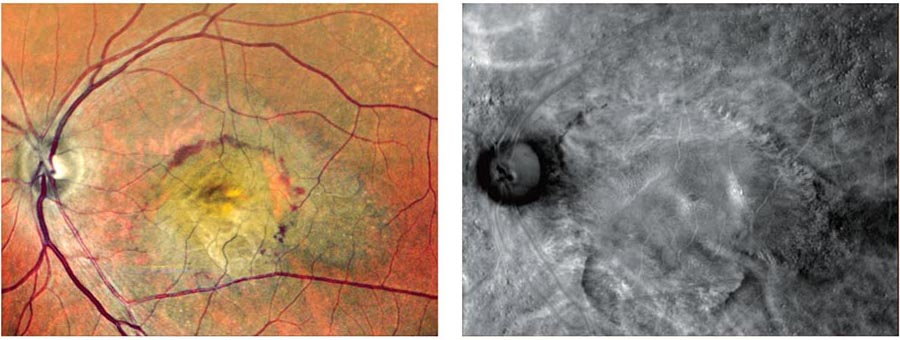
Blue-FAF / Green-FAF (fundus autofluorescence)
FAF imaging is a non-invasive method to evaluate the retinal pigment epithelium (RPE) without contrast dye.
Green-FAF reduces the effects of xanthophyll from the macula on imaging and is useful for monitoring deeper layers under the macula.
Blue-FAF imaging captures high definition images for diagnosing early AMD. Gain level and contrast can be adjusted manually or automatically depending on the vitreoretinal pathology.
Simple Interface and Easy Operation
The Mirante has multiple modalities and functions with interface software that presents these choices in a simple, easy-to-use manner. This functionality streamlines the clinical workflow while capturing images with the required settings. Image acquisition with the Mirante is simple. The SLO image is focused automatically by pressing the optimize button. After optimization is completed, the image can be captured by pressing the release button.
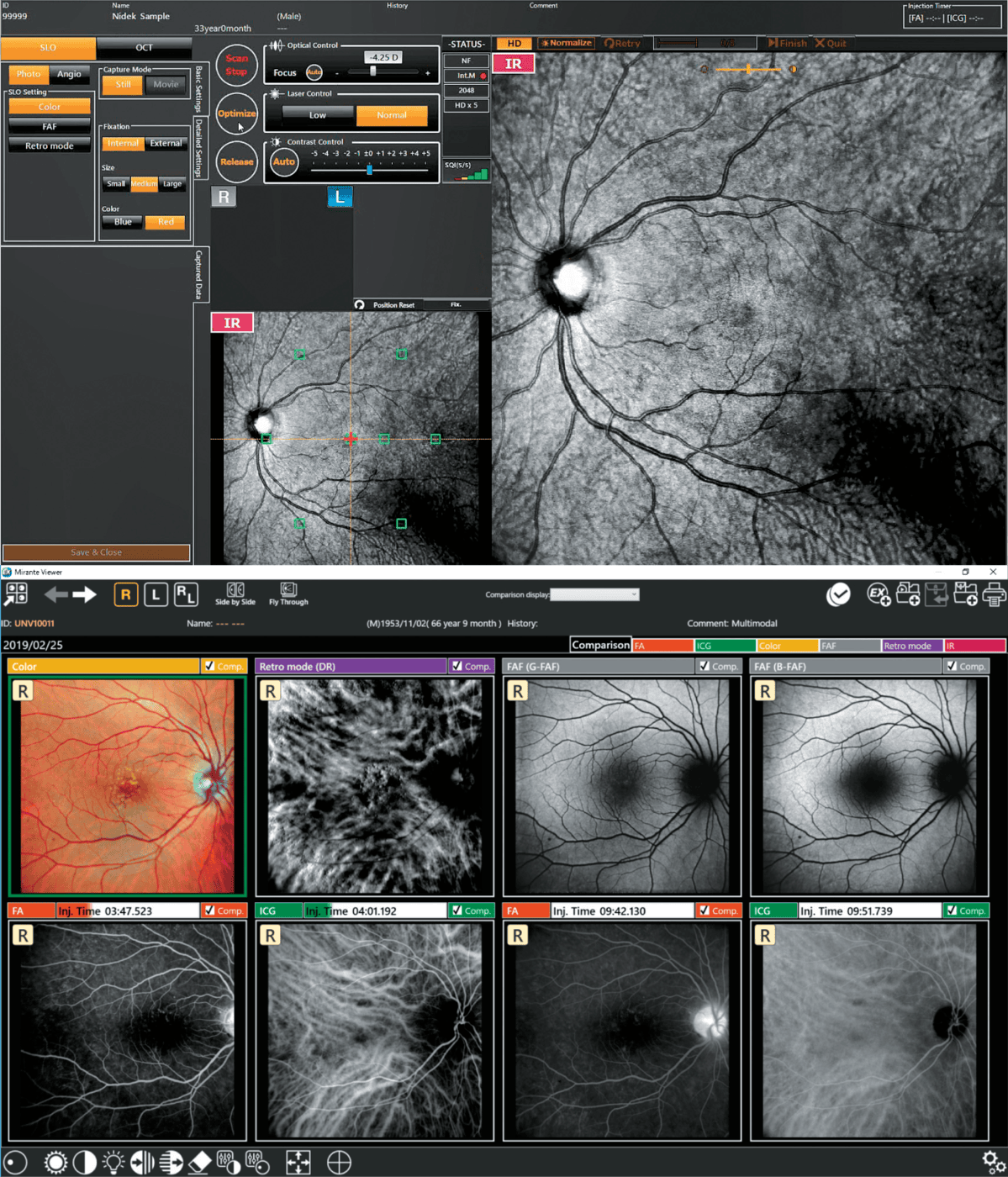
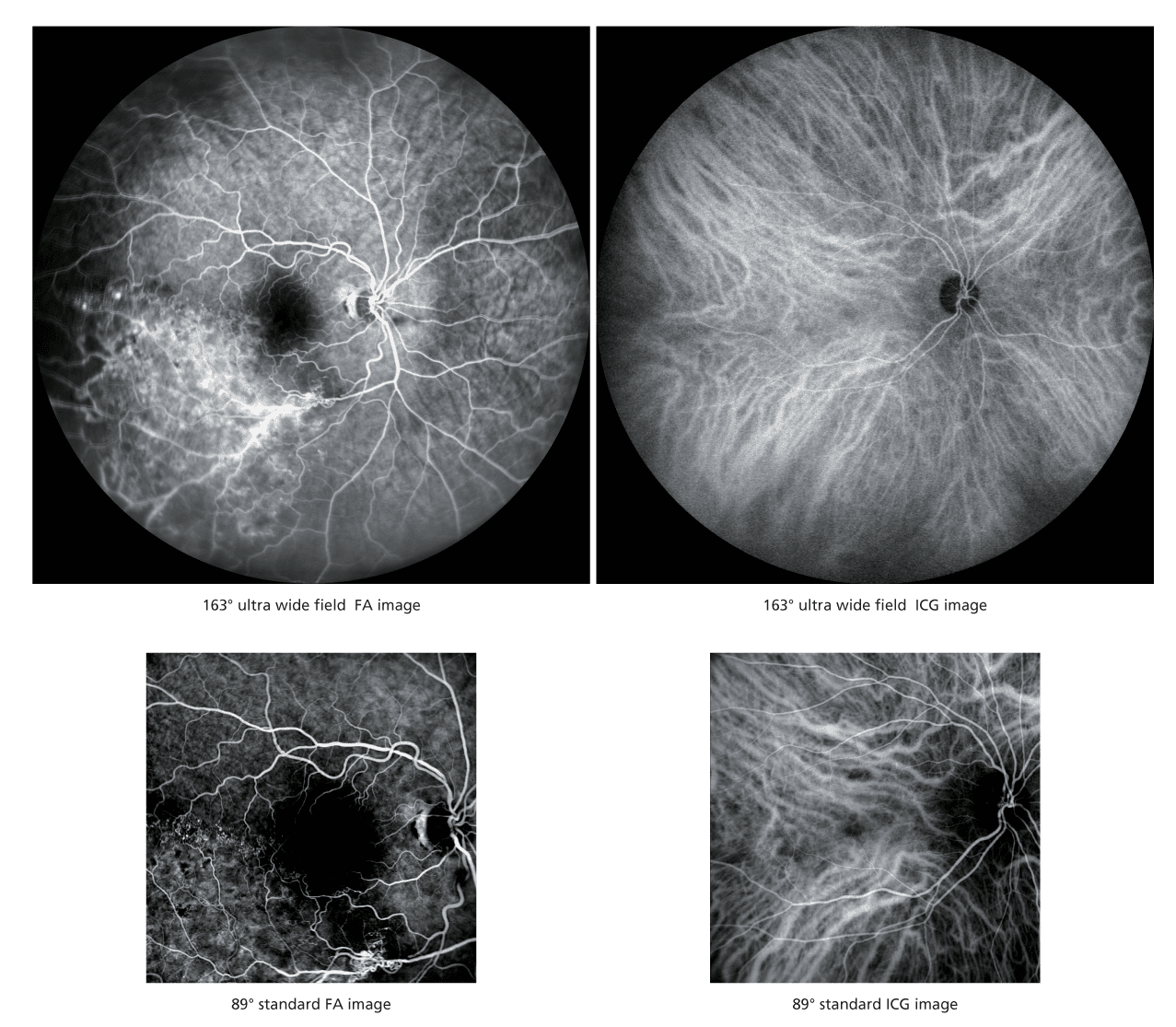
163° Ultra Wide Field FA and ICG Images
(Ultra wide field imaging is available with the included wide-field adapter.)
HD Dynamic and Static Angiogram
Auto gain control (AGC) optimizes gain level and contrast for early, peak, and late phases on angiography. Image definition is selectable up to 16 megapixels depending on ocular pathology. Averaging function for static imaging maintains high contrast even during the late phase of angiography. Videos can be recorded at a maximum of 1,024 x 1,024 pixels for up to 120 seconds. Multiple short videos can be recorded during the same measurement.
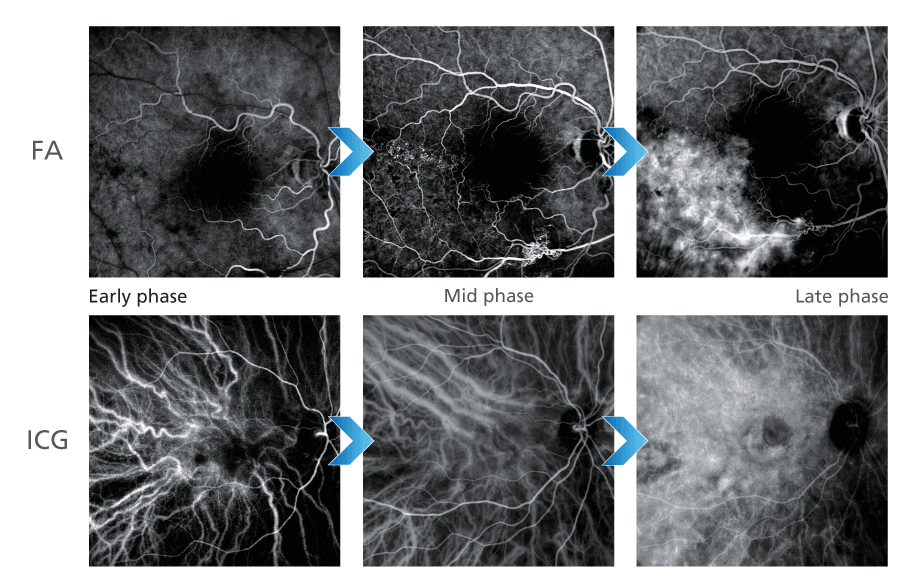
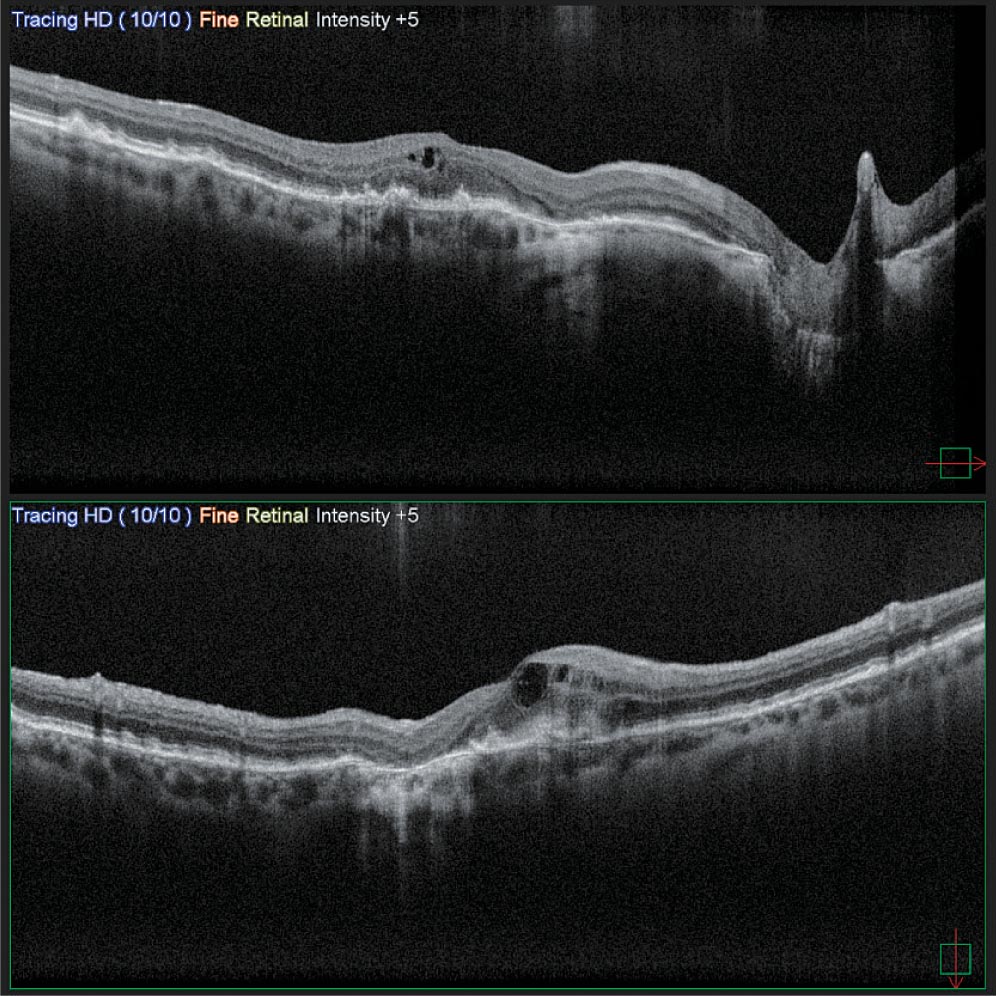
HD Wide Area OCT
The maximum 16.5 x 12 mm area scan available with the Mirante allows wide area diagnosis including the macula and optic disc in a single shot. The ultra fine mode and tracing HD plus functions provide high quality images for detailed observation from the vitreous layers to the choroid.

Experience innovative technology and get access to premium support and resources.
Get in touch with a sales professional.
¹ Stereo image observation and panorama composition are available with the NAVIS-EX software.
